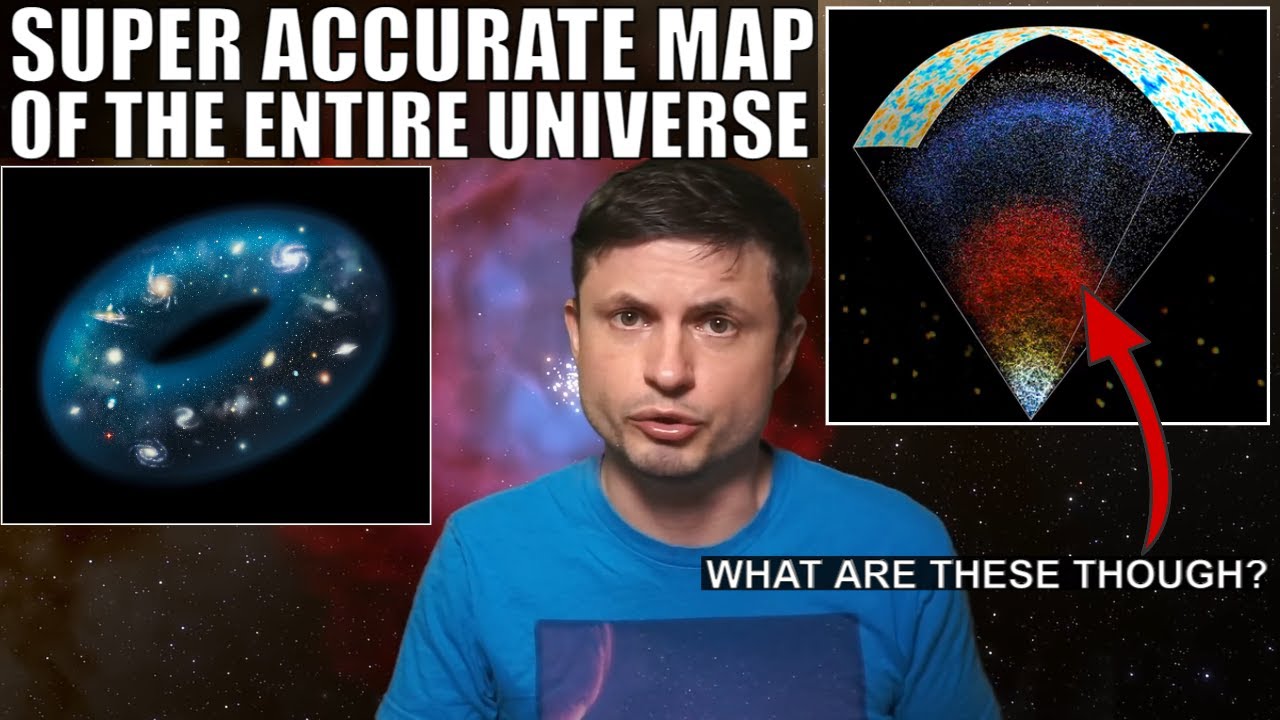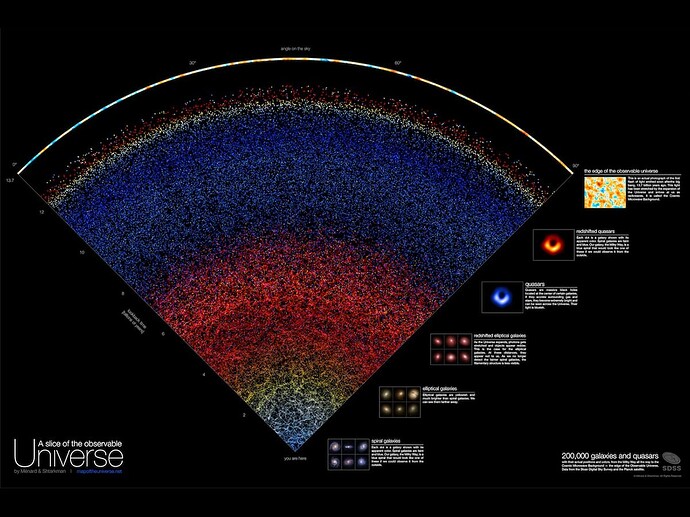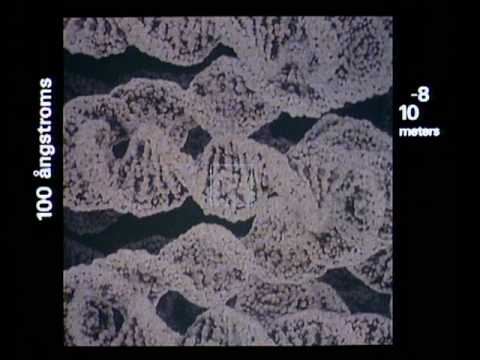Here is The Map of the Observable Universe.
Very helpful in conceptualizing what is so grand in scope as to generally resist gathering into a coherent thought.
What is interesting is how “observable” affects our perceptions of what is out there. The universe turns blue at around 7 billion years lookback time not so much because its content was different (although it was, to some extent), but mostly because the main things we can see at that distance are quasars, which are blue. There are still multitudes of galaxies like those we see nearby, but they aren’t bright enough to see so far away.
Similarly, we see spiral galaxies mostly relatively nearby, since further away the giant elliptical galaxies account for most that are bright enough to see.
Around 75% of the stars in the Milky Way are red dwarves, but not a single one is visible to the unaided eye. All the naked eye stars we see in the night sky are much rarer but brighter, more massive stars.


